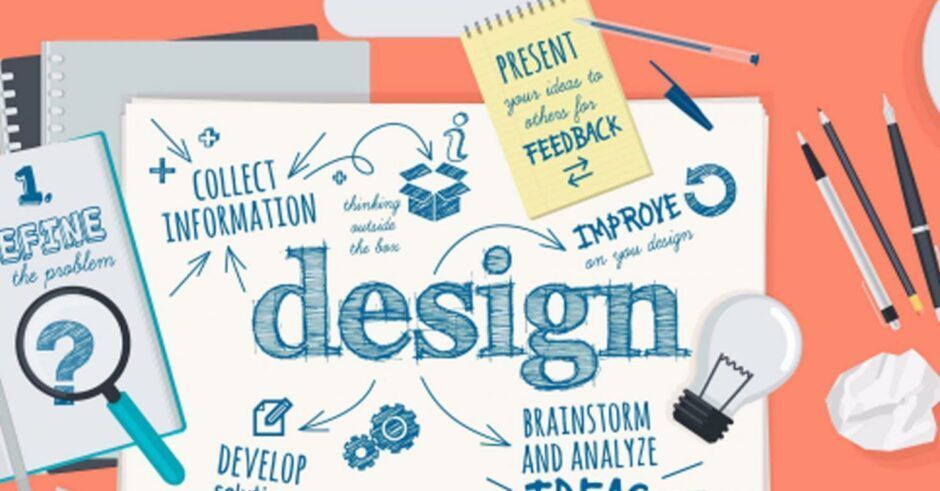What is Design Thinking? One of the challenges with introducing the concept of design thinking is that this concept does not have one agreed upon definition. Depending on the source you consult the definition defers slightly and the concept can be a bit elusive to understand. In an attempt to address this, I consulted 164 pieces of scholarly and popular literature on the topic to arrive at a short description of the concept. Below is how I answer the question, what is design thinking?
In a Nutshell: Design thinking is an iterative and collaborative approach to problem solving that is particularly effective when the issue at hand requires innovation and change. This process emphasizes balancing creative and analytical thinking and calls for shifting between generating ideas and quickly testing ideas to arrive at a final solution.
A Brief History: The concept of design thinking has its roots in design professions such as engineering and architecture. Simply put design professions are those professions that either create something new or transforms something that exists. The designers’ approach to problem solving is thought to be well suited for scenarios where innovative ideas are needed to create change. While design thinking has been a mainstream concept for about a decade, the idea has been around for nearly five decades.
In my research I found these six concepts to be central to engaging the design thinking process.
- Collaboration: Design thinking does not take place in isolation, it requires engagement with others. In the practice of design thinking, collaboration is not just internal to the team or organization but also includes external participants such as customers. Collaboration is an ever present attribute in the design thinking process. Design thinking calls for working directly with those that are experiencing a problem to learn about the experience first hand. Design thinking calls for sharing emerging solutions with potential end-users while they are still in development so their input can be incorporated into the design. Design thinking calls for gathering various perspectives and examining a situation from all sides to ensure that solutions are desirable, viable, and feasible for all parties involved.
- Generating Ideas: The purpose of Design Thinking is to create innovative solutions to complex challenges, this requires an abundance of ideas. While the concept of generating ideas isn’t unique to Design Thinking, a unique aspect of generating ideas in Design Thinking is the focus placed on taking a human centered and empathetic approach. The ideas generated have to meet the real needs of people and to do this requires a deep understanding of people and the challenges they face in their day-to-day lives.
- Human Centered and Empathy: Design thinking calls for placing the human experience at the center of creating solutions and emphasizes the need for empathy in the problem solving process. Empathy allows us to have a deeper understanding of problems, seeing it from the perspective of those that are impacted by the issue. This deep understanding allows us to create solutions that better meet the needs of people.
- Prototyping: It isn’t enough to generate ideas, Design Thinking calls for testing out ideas early on before too much time is invested in them. This involves creating a tangible way for others to engage with the ideas, to try it out. Important to understand here is that prototypes don’t have to be physical products, they are applicable to services too.
- Risk Taking: In both creating something new or making changes to something that exists, we have to move away from what is know, from what is comfortable, to a place of unknown, and a place of discomfort. There can be no innovation or change without this movement. Design thinking calls for developing a level of comfort with navigating the unknown spaces to generate new ideas and transform existing solutions.
- Embracing Failure: Whenever we take a risk, we have to face the possibility that we may fail. Once again, there can be no innovation and no change without taking a risk. Therefore, if we want to drive innovation and create change, we must be willing to embrace failure. This is perhaps the most challenging aspect of design thinking because for most of us, much of our lives, we have been taught to avoid failure. Design thinking requires that we seek failure because failing provides an opportunity for learning and it is the learning that allows us to innovate and change.
This by no means is a comprehensive explanation of design thinking but rather a short introduction to the topic. What is your experience with design thinking? What would you add to this list?
The Business Transformation Network has posted this article in partnership with The Design Thinker Profile: https://designthinkerprofile.com/2017/09/24/what-is-design-thinking/


